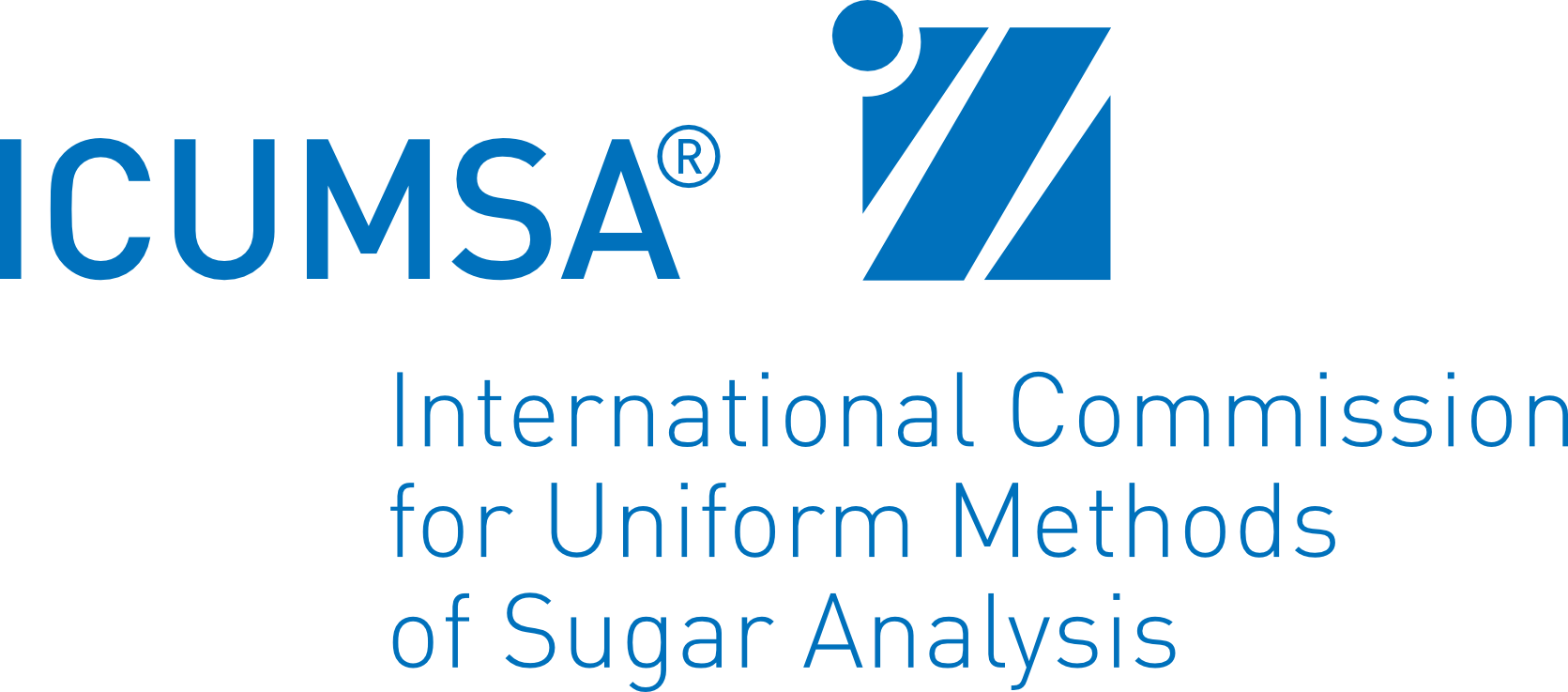Message from the President
Methods Book
Now that the Proceedings have been completed, John Dutton is looking forward to editing methods to be included in the new Methods Book. Referees were asked to submit a list of the methods they envisage being included in the book.
There is a role for everyone wishing to contribute to this book. The main task will be writing up the text of methods to conform to the format described in ISO’s Layouts for Standards, Part 2: Standard for chemical analysis 78/2-l 982(E). Associate Referees should volunteer their services to their Referees who will shortly be able to assign writing tasks. Any other readers who feel competent to write up an analytical method and wish to receive recognition for doing so, need only write to the President or John Dutton volunteering his services.
Subject 10 Referee
Following the resignation of Emile Burzawa from the Subject 10 Refereeship, “Enzymatic and Immunological Methods”, I am pleased to announce the appointment of Associate Referee Stephen Clarke of the Audubon Sugar Institute as the new Referee.
Erratum – Proceedings
We regret to advise that on p. 265 of the Proceedings the second term in Kell’s formula should be 16.952577 and not 16.952777.
Subject 8: Chromatographic techniques for sugar
by Kevin Schäffler
Report on the 20th Session
During the last Session. work was restricted to pursuing a single Recommendation. The aim was to develop and test an HPLC procedure for determining sucrose, glucose and fructose in cane molasses. In order to keep the procedure as simple as possible, no molasses pre-treatment was undertaken. The samples were diluted and filtered prior to injection on to either sodium or calcium-based ion exchange columns. The mobile phase was water-based and refractive index detection was used. Six cane molasses samples, three from Australia and three from South Africa were used in the inter-laboratory study. It was most gratifying to receive results back from 14 participants. HPLC data were obtained from Czechoslovakia, Japan, South Africa, France, Italy, Hungary, the United Kingdom, Brazil, the United States and Australia. In addition to the HPLC collaborative test, Morel du Boil and Schäffler [ 1] also analysed the six molasses samples using an anion-exchange column coupled to a pulsed amperometric detector (AE/PAD).
The conclusions from the study were:
(a) Data from a number of laboratories were rejected because of poor within laboratory repeatability, and results departing excessively from sample means (outliers). This suggested shortcomings with equipment and procedures.
(b) The mean results from the remaining laboratories were compared to GC results. The HPLC results were significantly higher than the GC data, indicating apparent co-elution of impurities for all three sugars.
(c) The results of Morel du Boil and Schäffler’s AE/PAD work were sufficiently close to the GC data to warrant collaborative work.
Ideas for the current Session
We have often heard superficial comparisons between HPLC and GC where GC is dismissed for being time consuming and often giving clearly unacceptable results. We do not accept such criticism believing that it is based on work where there has been insufficient attention to following procedures correctly. In support of GC we claim:
(a) The GC method for measuring fructose, glucose and sucrose in sugar cane juice as outlined in Appendix 8 of Subject 8, 19th Session [2] is a well-established procedure. The method has been rigorously tested and has been used routinely in the South African sugar industry for both cane payment purposes and monitoring factory performances since 1978. The method has also been used extensively in the United States, France, Mauritius and the United Kingdom.
(b) Although HPLC is faster and more convenient, results have often been disappointing. ICUMSA collaborative work in 1982, 1986 and 1990 has shown that HPLC procedures consistently produced inflated results due to co-eluting impurities. GC has advantages over HPLC, namely, the sugar-specific derivatisation reduces interferences, high resolution columns ensure adequate separation from impurities and internal standards are used for quantification. Because of these features, GC should provide the best estimates we have for measuring sugars in factory products.
Work envisaged for the current Session includes:
(a) Development of a freeze-drying technique to concentrate and preserve beet and cane juices for subsequent transportation and collaborative analysis.
(b) Because of the good preliminary results by Morel du Boil and Schäffler and also the reported selectivity and specificity of the AE/PAD [3-5], testing of this method as an improvement on current HPLC techniques should be undertaken.
(c) The GC procedure for sugars using TMS-oxime derivatives and fused silica capillary columns [2] should be the subject of a collaborative study.
Anyone interested in Subject 8 is asked to contact the Referee as soon as possible.
References
1 Morel du Boil. P. G. and Schäffler, K. J. (1990): Workshop on HPIC, Sugar Processing Research Inc Conf. San Francisco. in Press
2 Proceedings 19th Session ICUMSA (1986) 134-1-11
3 Thompson, J. (1990): Workshop on HPIC, Sugar Processing Research Inc Conf. San Francisco. in Press
4 Tsang. W. S., Cargel, G., and Clarke, M. A.: Ibid.
5 Sier, K. and Plews. R.: Ibid.
